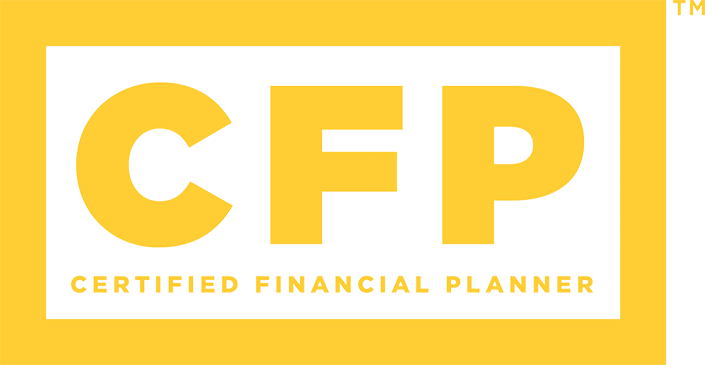At its low point this year, the S&P 500 was down nearly 30% from its all-time high in December 2021. Bear markets come once every few years and are generally perceived by the financial media as Armageddon. However, bear markets bring an abundance of opportunities to those who are prepared. A well-informed advisor will tell clients to remain calm and stay the course; in other words, “do nothing”. This advice has sustained the trials of time. Indeed, the single biggest mistake to make in a bear market is moving to cash (if you don’t believe me, check any major US stock index on your date of birth and compare it to its current value).
However, the best of advisors will go beyond this “do nothing” approach. A great advisor has a bear market plan that helps turn an unfortunate time period into a period of opportunity. A great advisor helps clients go from bear market victims to victors. Below are five components of our bear market plan.
Tax Loss Harvest Your Non-Qualified Accounts
Tax-Loss Harvesting is a technique used to improve after-tax returns in taxable investment accounts. If you have a taxable investment account, the present moment could be a compelling time to realize losses. You can strategically use these losses to offset any realized gains from the sale of an asset such as stocks, bonds, and real estate. If you have losses left over, you can deduct up to $3,000 from your earned income. Any excess losses are carried forward indefinitely.
Consider Roth Conversions
Although we never attempt to time the market, Roth Conversions are most compelling when the market is down. Roth Conversions involve converting pre-tax dollars to Roth dollars with the goal of paying tax today and never having to pay again. We love that! The reason Roth Conversions are more compelling in bear markets is because when the markets are depressed, we can convert more shares and pay less in tax. If you are in the 22% tax bracket and want to convert 100 shares worth $10,000, your tax liability would be around $2,200. If those same 100 shares were worth $8,000 instead, your tax liability would be around $1,760. This means you can either convert more shares or pay less tax on the same amount of shares. The appreciation of these shares will now occur within your Roth IRA and will never be taxed!
Increase Contributions
As mentioned, the S&P 500 is down almost 30% from its all-time high. This means the Great Companies, both nationally and globally, are on sale, making this a fantastic opportunity to accumulate more shares prior to the inevitable upswing, as has historically followed bear markets. Would you rather buy gas at $3.00 a gallon or $5.00? The same logic follows with buying the Great Companies of America at a discount. Now is the time to increase contributions into retirement accounts, or put cash that you might have sitting on the sidelines to work!
Rebalance Accounts
During a market downturn, some positions will depreciate to different extents, potentially dislodging from your goals. It’s important to rebalance your accounts once allocations are no longer within tolerance. This action ensures that you are well-positioned for the markets to rebound. Suppose you should be allocated 80% to stock and 20% to bonds with a ±1% tolerance. During the downturn, your stock portion depreciated more than your bonds and you are now allocated 70% to stock and 30% to bonds. Rebalancing would consist of selling 10% of your bond sleeve and reallocating towards stock so that you are back to your target allocation and will be ready for the inevitable rebound.
Take Advantage of a High Yield Savings Account
If you do opt towards being cash heavy, take advantage of rising rates and put your cash in a High Yield Savings Account. Our favorite tool is MaxMyInterest. MaxMyInterest monitors the highest paying banks for you and shifts money between them on your behalf, so you are always earning the highest market yield on your cash. MaxMyInterest is not a bank and all banks monitored are FDIC insured.
Seeing accounts go down in value and having the media blast your inbox with apocalyptic news at every turn is never easy and always draining. We empathize with these feelings and reassure you that this is a normal response. If you are concerned about your current financial situation or want to discuss your bear market plan, we are a phone call away.









